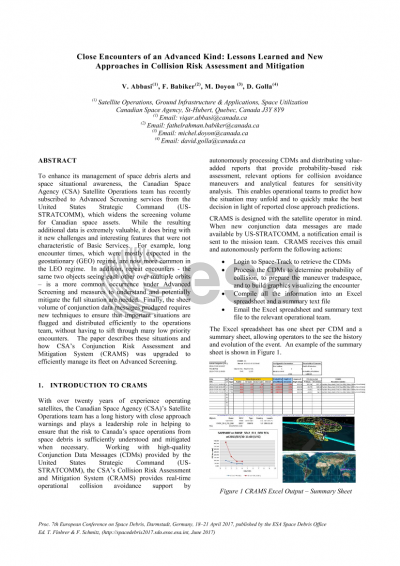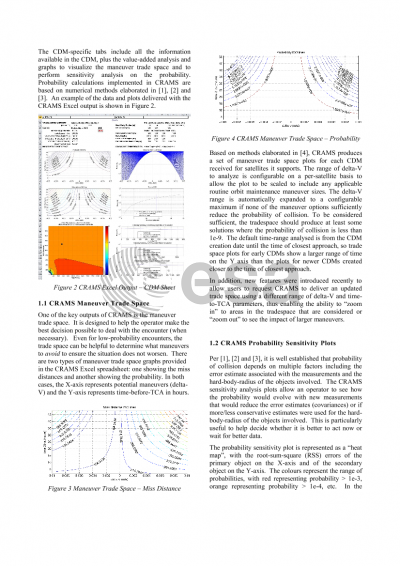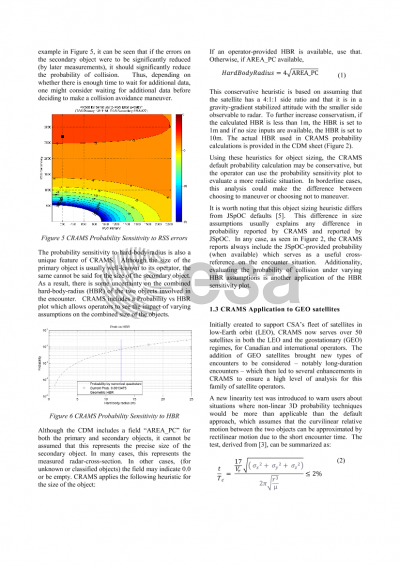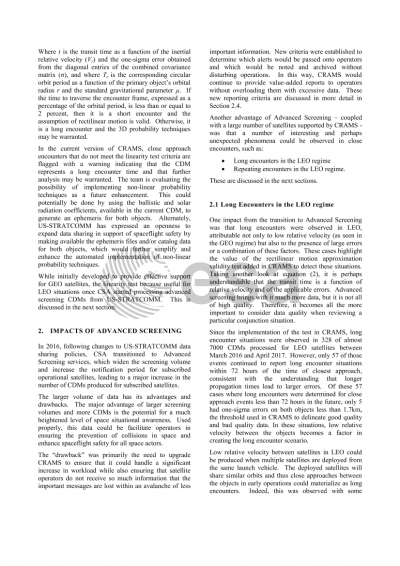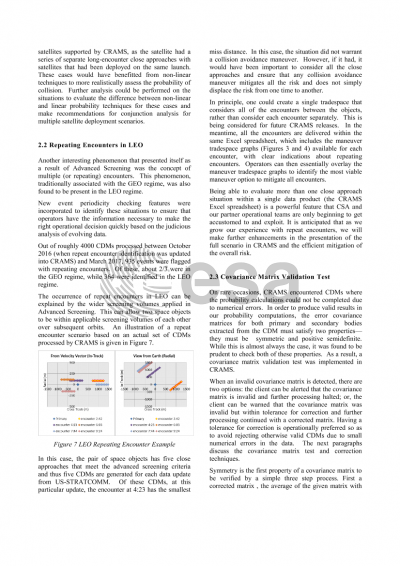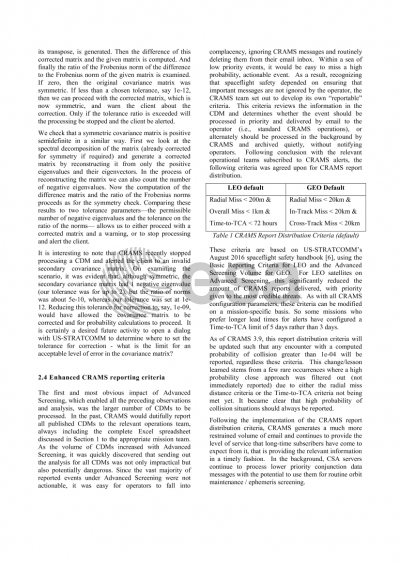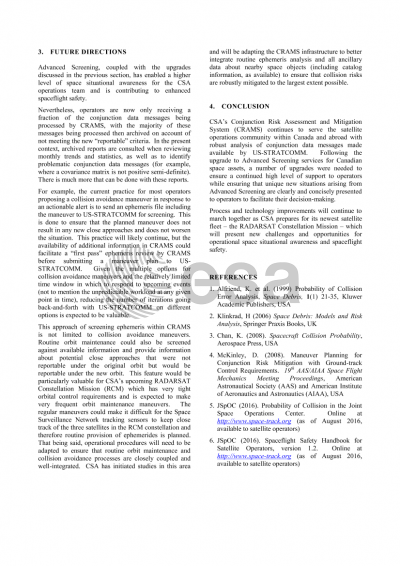Document details
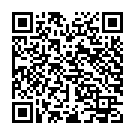
Abstract
With over twenty years of experience operating satellites, the Canadian Space Agency (CSA)’s Satellite Operations team has a long history with close approach warnings and plays a leadership role in helping to ensure that the risk to Canada’s space operations from space debris is sufficiently understood and mitigated when necessary. Working with high-quality Conjunction Data Messages (CDMs) provided by the United States Strategic Command (US-STRATCOMM), the CSA’s Collision Risk Assessment and Mitigation System (CRAMS) provides real-time operational collision avoidance support by autonomously processing CDMs and distributing value-added reports that provide probability-based risk assessment, relevant options for collision avoidance maneuvers and analytical features for sensitivity analysis. This enables operational teams to predict how the situation may unfold and to quickly make the best decision in light of reported close approach predictions.
Initially created to support CSA’s fleet of satellites in low-Earth orbit (LEO), the Collision Risk Assessment and Mitigation System (CRAMS) now serves over 50 satellites in both the LEO and the geostationary (GEO) regimes, for Canadian and non-Canadian operators. The addition of GEO satellites brought new types of encounters to be considered – notably long-duration encounters – which then led to several enhancements in CRAMS to ensure a high level of analysis for this family of satellite operators.
In 2016, following changes to US-STRATCOMM data sharing policies, CSA transitioned to Advanced Screening services, which widen the screening volume and increase the notification period for subscribed operational satellites, leading to a major increase in the number of CDMs produced for subscribed satellites.
The larger volume of data has its advantages and drawbacks. The drawback was primarily the need to upgrade CRAMS to ensure that it could handle a significant increase in workload while also ensuring that satellite operators do not receive so much information that the important messages are lost within an avalanche of more less important information. New criteria were established to determine which alerts would be passed onto operators and which would be noted and archived without disturbing operations. In this way, CRAMS would continue to provide value-added reports to operators without overloading them with excessive data.
One advantage of Advanced Screening – coupled with a large number of satellites supported by CRAMS - was that a number of interesting and perhaps unexpected phenomena could be observed in close encounters, even with the LEO regime. Notably, long encounters were observed in LEO, attributable not only to low relative velocity (as seen in the GEO regime) but also to the presence of large errors or a combination of low relative velocity and large errors. These cases highlight the value of the rectilinear motion approximation validity test added in CRAMS to detect these situations. In addition, new techniques were developed to improve the analysis of long encounter scenarios.
Another interesting phenomenon that presented itself as a result of Advanced Screening was the concept of multiple (or repeating) encounters. This phenomenon, traditionally associated with the GEO regime, was also found to be present in the LEO regime. New event periodicity checking features were incorporated to identify these situations to ensure that operators have the information necessary to make the right operational decision quickly based on the judicious analysis of evolving data.
The paper will provide an overview of lessons learned and new approaches resulting from growing experience with new challenging or interesting conjunction situations. Process and technology improvements will be discussed, as well as future directions to continually enhance operational space situational awareness and reduce the risk of space operations for all.
Preview
